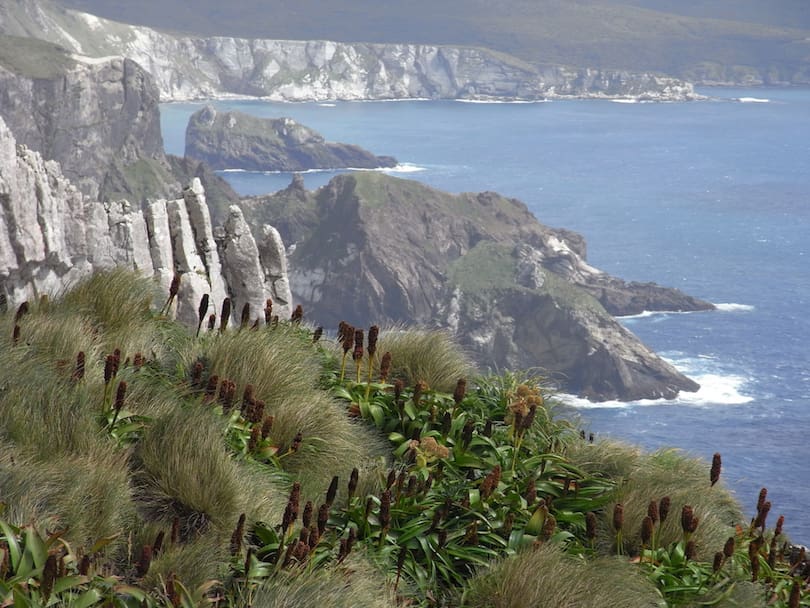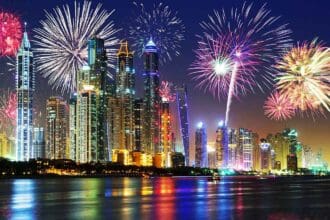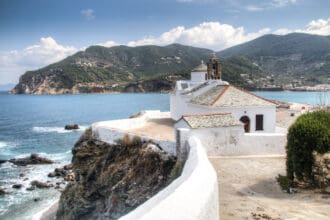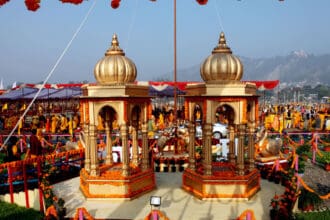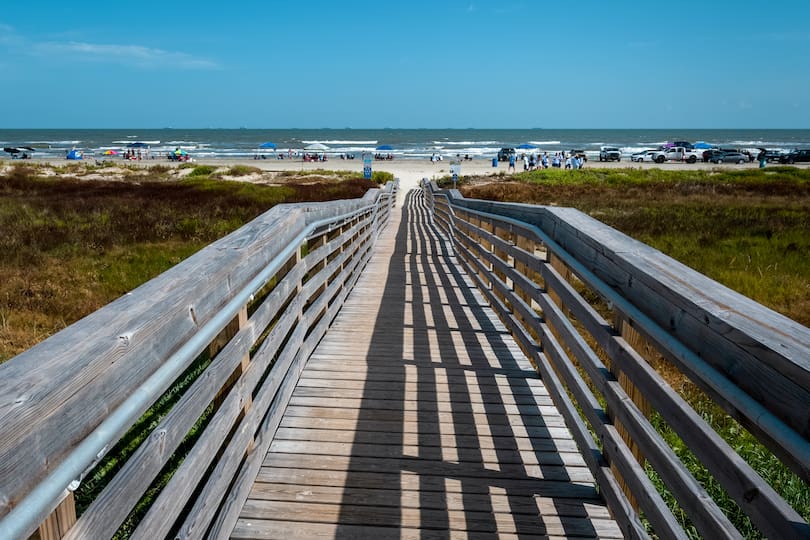Bundi is a small city in the state of Rajasthan, India. It is famous for its intricate forts, palaces, and temples that have preserved the heritage of Rajasthan. Bundi is a city of art, culture, and history that attracts travelers from all over the world. In this article, we will explore the top 5 places to visit in Bundi, where you can experience the true essence of Rajasthan.
Taragarh Fort
The Taragarh Fort is one of the most prominent tourist attractions in Bundi. It is a massive structure that was built in the 16th century and is famous for its intricate architecture and stunning views. The fort has several gates, reservoirs, and tunnels that make it a marvel of engineering. From the top of the fort, you can see the panoramic view of the city, which is a sight to behold.
Raniji ki Baori
Raniji ki Baori is a stepwell that was built in the 17th century. It is a magnificent structure with intricate carvings and designs. The stepwell has several levels, and the water at the bottom remains cool even during summers. Raniji ki Baori is an engineering marvel, and it is also a popular spot for photography enthusiasts.
Sukh Mahal
Sukh Mahal is a palace that was built in the 18th century. It is a stunning structure that is located on the banks of Jait Sagar Lake. The palace has a blend of Mughal and Rajput architecture, and it is known for its intricate designs and beautiful paintings. Sukh Mahal is also famous for its tranquil environment, and it is a perfect spot to relax and unwind.
Chaurasi Khambon ki Chhatri
Chaurasi Khambon ki Chhatri is a unique structure that has 84 pillars. It is a cenotaph that was built in the 17th century in honor of the nobles of Bundi. The Chhatri has intricate carvings and designs that make it a masterpiece of architecture. It is also a popular spot for photography enthusiasts and history buffs.
Nawal Sagar Lake
Nawal Sagar Lake is a man-made lake that is located in the heart of Bundi. The lake has several temples and palaces located around it, which make it a popular tourist spot. The lake is also famous for its stunning reflections during sunset, which is a sight to behold. Nawal Sagar Lake is a perfect spot to relax and soak in the beauty of Bundi.
Conclusion
Bundi is a city of art, culture, and history that has preserved the heritage of Rajasthan. The city has several tourist attractions that are a must-visit for anyone who is traveling to Rajasthan. In this article, we explored the top 5 places to visit in Bundi, which include Taragarh Fort, Raniji ki Baori, Sukh Mahal, Chaurasi Khambon ki Chhatri, and Nawal Sagar Lake. These tourist attractions showcase the true essence of Bundi and are a perfect spot to relax, unwind and soak in the beauty of Rajasthan.
FAQs
- What is the best time to visit Bundi? A. The best time to visit Bundi is between October to March when the weather is pleasant.
- Is Bundi safe for tourists? A. Yes, Bundi is a safe city for tourists.
- Are there any accommodations available near these tourist attractions in Bundi? A. Yes, there are several hotels and guest houses available near these tourist attractions in Bundi. You can choose from a wide range of options depending on your budget and preferences.
- How can I reach Bundi? A. Bundi is well-connected to major cities in India by road and rail. The nearest airport is in Jaipur, which is about 210 km away from Bundi. You can hire a taxi or take a bus from Jaipur to reach Bundi.
- What are some other popular tourist attractions in Bundi? A. Apart from the top 5 places mentioned in this article, Bundi has several other tourist attractions such as the Dabhai Kund, Phool Sagar Palace, and the Badal Mahal. You can also visit the nearby city of Kota, which is known for its magnificent palaces and gardens.



